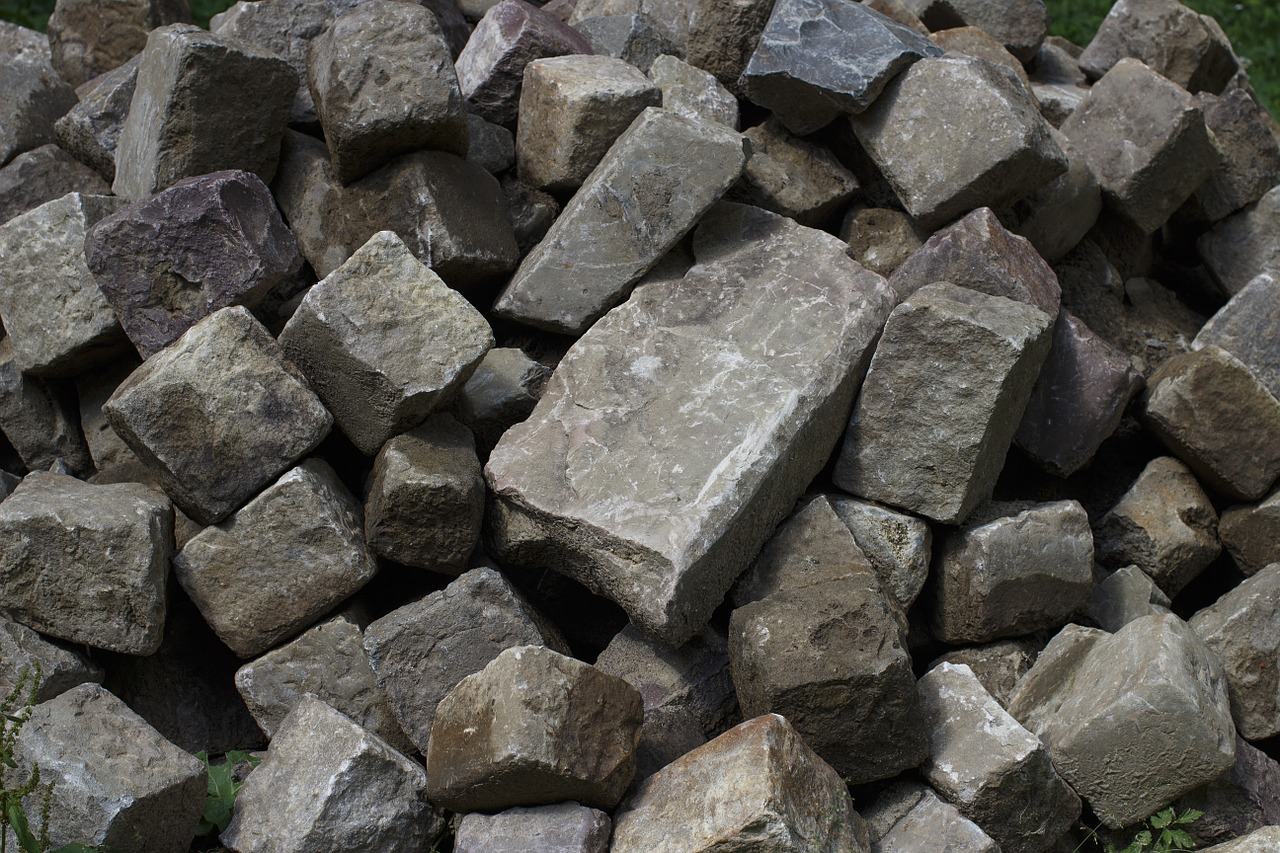In the winter of 1846, General Zachariah Taylor, the future 12th president of America, traveled to the U.S.-Mexico border. Taylor was to provoke Mexico into military action. Under his orders, soldiers began erecting American Fort Brown. However, the general had to wait several months for a response from Mexico City. In late spring, the Mexican army attacked the fort, causing the outbreak of war. As a result, the official declaration of war on Mexico did not take place until May 12. In the meantime, the American press actively created the image of an external enemy in the face of the Mexicans, who were held responsible for starting the aggression.
Immediately after the official declaration of war, U.S. troops began a large-scale invasion of Mexican territory on two fronts:
- To the east of the country, toward Monterrey and Mexico City;
- To the west, toward California.
Since the northern regions of Mexico were sparsely populated, the army moved very quickly. California’s independence was declared as early as mid-June, but patriotic residents of the state revolted. As a result, the conquest of California dragged on for six months. Only at the beginning of 1847 were the Americans able to subdue Los Angeles and San Diego.
In the northeast the situation was also unfortunate for the Mexicans. They suffered heavy losses in their attempts to attack Fort Brown. The battles of Palo Alto and Resaca de la Palma in early May were the bloodiest, after which the Americans seized the strategic initiative, crossed the Rio Grande River without much difficulty, and entered deep into Mexico.
From the beginning, Mexico had a hard enough time fighting the U.S. army. The state did not have the economic and technical capacity of the United States, and the political situation inside Mexico itself was unstable. In 1845 President Lopez de Santa Anna, whose policy in recent years had become excessively rigid and undemocratic, was expelled from the country.
After Mexico’s first defeats, Santa Anna wrote two letters. The first was addressed to the new Mexican president, Farias, in which Santa Anna asked permission to return to his native country to confront the Americans with arms in his hands. A second letter was sent to Washington, in which Santa Anna promised to give the Americans the disputed territories if they would help him return to Mexico and become president again. But in the end, once in Mexico, Santa Anna did not fulfill any of his promises: He overthrew Farias, seized power in the country and led the fight against the United States.
Meanwhile, General Taylor’s advance deep into Mexico slowed slightly. The soldiers of his army were suffering from numerous tropical diseases. However, this did not prevent the general from reaching the city of Monterrey in September 1846 and launching a siege. General Pedro de Ampudia, who commanded the defense of the city, retreated from President Santa Anna’s original plan and tried to fight back the American army as early as the approaches to the city, but the battle was lost. Taylor, at the cost of heavy losses, managed to break behind the walls of Monterey. The defenders did not want to surrender for a long time, fighting for every house, but eventually, Ampudia was forced to admit defeat and surrender the city.
In the winter of 1847, Santa Anna raised an army of 20,000 and personally advanced on Taylor. He almost succeeded in breaking American resistance at the Battle of Buena Vista, but was driven back by American artillery. Thus General Taylor was able to gain control of all of northeastern Mexico.
At about the same time General Winfield Scott’s landing party was moved into Mexico, whose task was to lay siege to Veracruz. The city was taken with artillery, and Scott moved on to Mexico City. On the way he took one of Mexico’s largest cities, Pueblo. Although Santa Anna was aware of the American plans, he was unable to offer meaningful resistance: his army was too weak and the local population, who disliked the dictator, often aided the enemy troops. In September 1847 the American army entered Mexico City.
Although the Mexican army laid down its arms, guerrilla warfare continued for some time in the country. Some actions by Mexican patriots were very successful, but still the war was lost.
Santa Anna resigned the presidency and immediately left the country. On February 2, 1848, a peace treaty was signed ending the American-Mexican War.
